When the gasoline engine powered vehicle is in operation, the engine is continuously running. However, in order to meet the needs of the automobile, the vehicle must have functions such as stopping and shifting. Therefore, a group of institutions must be added to the external linkage of the engine to interrupt the transmission of the power as required. In the event that the engine continues to run, This achieves the purpose of leaving the vehicle stationary or shifting gears. This group of institutions is the power connection device-clutch.
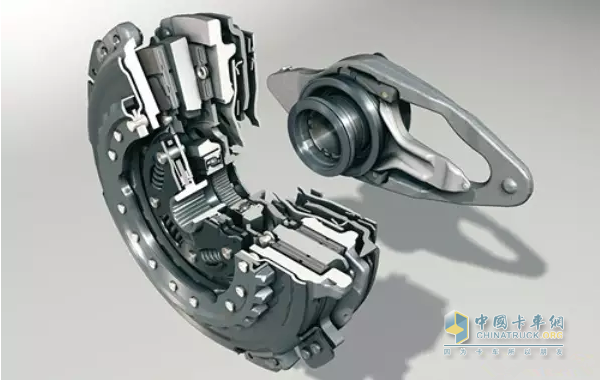
Clutch structure
The clutch is located in the flywheel housing between the engine and the transmission. The clutch assembly is fixed on the rear plane of the flywheel with screws. The power of the flywheel can be completely transmitted to the clutch through the fit of the friction plate. The output shaft of the clutch is the transmission. Input shaft.
The role of the clutch:
Ensure that the car starts steadily and ensures smooth shifting. "Brake will not stop the engine
There are several major categories of clutches:
Friction clutch, torque converter (hydraulic coupler), electromagnetic clutch
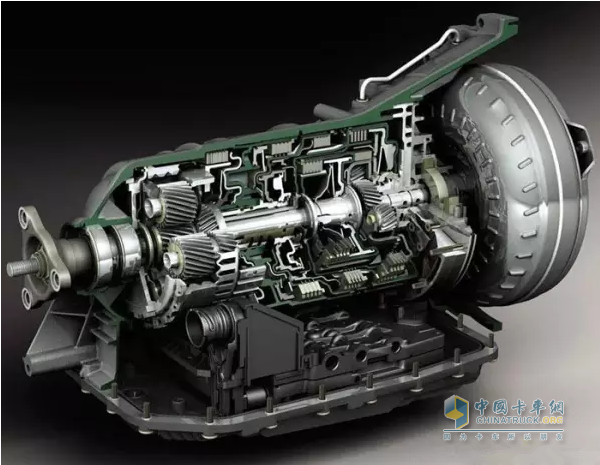
Transmission structure
Friction clutch
The clutch mechanism is installed between the engine and the manual transmission and is responsible for transmitting the power of the engine to the manual transmission. The flywheel mechanism is fixed to the output shaft of the engine. In the outer shell of the flywheel, a plate-like spring connects the platens with a friction plate connected to the input shaft of the transmission.
When the clutch pedal is released, the pressure plate in the flywheel utilizes the force of the spring to press the friction plate tightly, so that there is no linkage between the two to achieve the purpose of connection, and the power of the engine can pass through this. The mechanism is transmitted to the gearbox to complete the power transmission work.
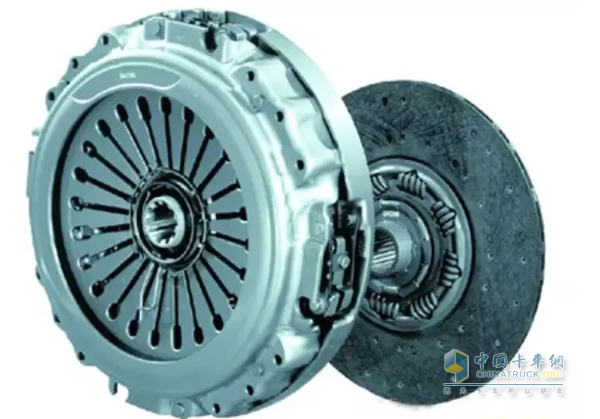
Clutch pressure plate and friction plate
When the pedal is depressed, the mechanism will pressurize the spring so that the outer periphery of the spring is lifted and the pressure skin is disengaged from the friction plate. At this time, the friction plate and the flywheel can no longer be linked. Even if the engine continues to operate, power will not be transmitted to the transmission and the wheels. At this time, the driver can perform shifting and parking operations without causing the engine to stall. .
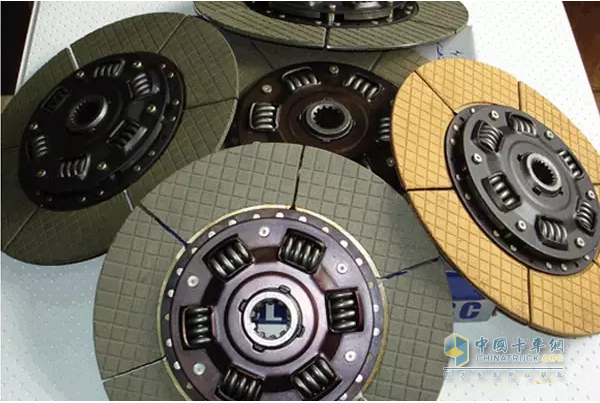
Various kinds of friction plates
Hydraulic torque converter (hydraulic coupler)
As the automotive industry continues to grow, the average consumer is getting bored with the cumbersome and complicated operating modes of controlling three pedals, including the throttle, brakes and clutches. Mechanical engineers began to think about how to use the new mechanical structure to simplify the process of vehicle operation. Fluid couplings were born in such cases and were introduced into cars, giving people a completely new driving experience. Hydrodynamic couplings are generally used in conjunction with a torque converter to achieve automatic transmission shifting. Here we collectively call them torque converters.
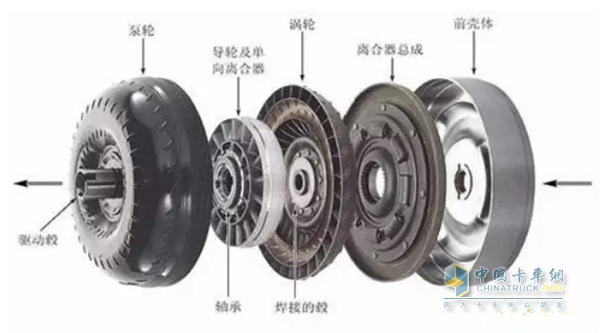
Hydraulic Torque Converter
The torque converter replaces the traditional mechanical clutch and is installed between the engine and the automatic transmission. It can smoothly transmit the power of the engine to the automatic transmission.
In torque converters, the engine output shaft is directly connected to the pump housing. A set of turbines of the torque converter is connected to the transmission system on the other side through the shaft. There is no direct connection between the guide wheel and the turbine, both of which are sealed in the torque converter housing and the torque converter is filled with viscous liquid.
When the engine is running at low speed, the entire torque converter will run at the same low speed. The blades on the pump wheel will drive the viscous liquid in the torque converter to make it circulate. However, because the rotational speed is too low, the force exerted by the liquid on the turbine is not enough to propel the vehicle forward, and the vehicle can be stationary, and the clutch can be separated.
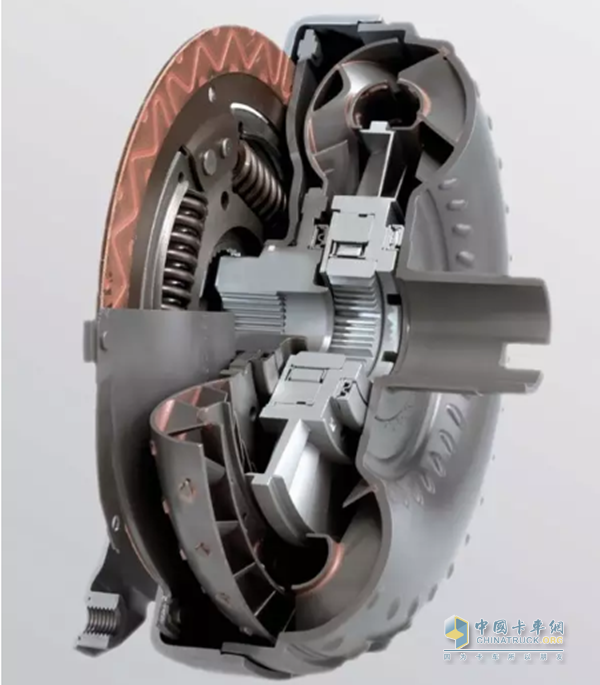
Torque Converter
When the throttle is depressed, the engine speed increases, the pump wheel speed will be synchronously increased, the liquid flow rate in the torque converter continues to increase, and the force applied to the turbine continues to increase. When it exceeds the running resistance, the vehicle can move forward. It can be transmitted to the transmission system and wheels to achieve the purpose of power transmission.
Double Station Horizontal Molding Machine
The fully automatic Casting Molding Machine is a casting equipment used for manufacturing sand molds. The main functions of the molding machine include filling, sandblasting, and compacting molding sand.
Double Station Horizontal Molding Machine,Auto Two-Station Molding Machine,Auto Two-Station Casting Machine,Full Automatic Double Station Casting Machine
Changzhou Qiaojie Casting Equipment Co., Ltd. , https://www.jsqiaojie.com